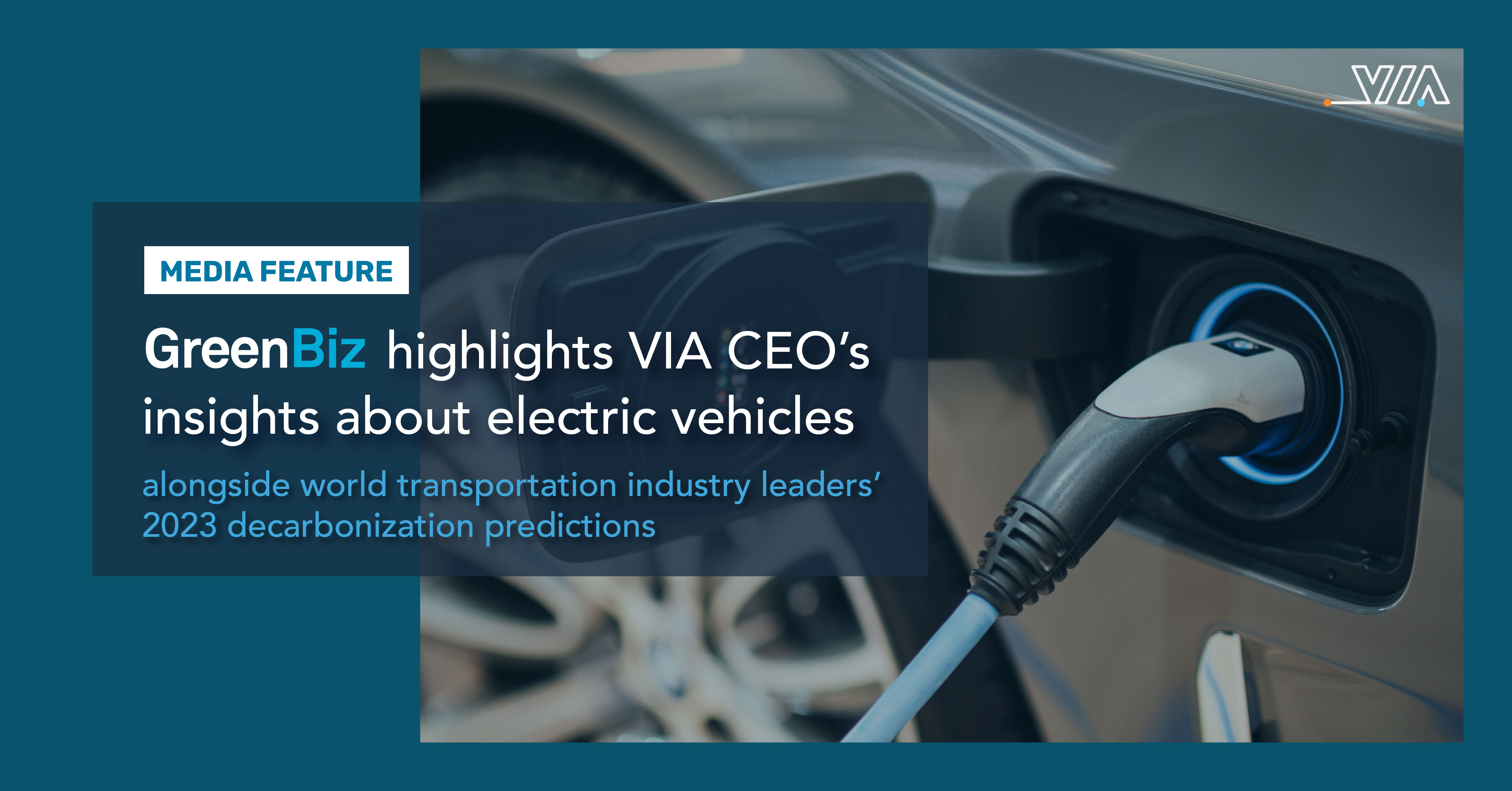Understanding How EV Charging Behavior Affects Distribution Networks
The International Energy Agency projects that 30% of all vehicles will be electric vehicles (EV) by 2030. This transition, at the intersection of electric power and mobility, combined with increased generation from renewable resources has the potential to significantly reduce greenhouse gas emissions in the years ahead. To make this happen, utilities who operate the distribution network need to understand how this new demand for electricity will affect smart grid assets. Our primary job at VIA is to help utilities navigate these shifts by understanding their data and fostering collaboration through our Global Data Asset Collaborative™ (GDAC™) program. As an example, VIA recently kicked off our first GDAC™ by focusing on transformers. Through this GDAC™, we are beginning to see that transformers are stressed by the switch to EVs and our focus will be on helping utilities find ways to keep these assets healthy over the coming years.
There are at least two things that make charging an EV different than, say, running a central AC unit. First, the power that needs to be delivered to an EV is around 20kW, which is four or five times the power required for a typical central AC unit, which ranges from 3-5kW. A “short-range” charge to power the EV so that its owner can commute could require around 40kWh, thus a “slow-charge” for a “short-range” car requires about two hours of charging. Powering large fleets of EVs will clearly require extending the capacity of current electricity distribution networks.
The second issue that makes charging an EV different is timing. The timing of EV charging events changes the daily load profile of the home, workplace, and in urban centers equipped with networks of charging stations. Transformers are generally able to run past their rated capacity so long as they are given ample time to cool overnight. That is changing as commuters return home after work to charge their vehicles, never allowing transformers that time to cool down, which can cause them to malfunction and in extreme cases, explode. EV charging events, because they demand so much power so quickly from the grid, can lead to shifts in voltages along the distribution network. This leads to wear and tear on tap changers and other voltage regulation mechanisms.
Utility asset managers need to understand which transformers in their fleet are most at risk as EV penetration increases. A recent study by researchers at Ohio State University illustrates what needs to be done to understand the effects EVs have on transformers and voltage regulators (“An Integrated Algorithm for Evaluating Plug-in Electric Vehicle’s Impact of the State of Power Grid Assets”). The authors have studied a representative sample of urban, suburban, and rural areas and tried to answer the question “What would happen to the distribution grid if each home had an EV?” To understand both the total load and the rapid charging behavior, the authors used actual distribution grid topology provided by American Electric Power (AEP) and simulated the behavior of the system as EV charging events are inserted into today’s “baseline” load demand. The authors find that suburban areas are expected to see the greatest stress, as it is assumed that, in urban areas, additional power will be provisioned by specific “fast-charging” stations while the suburban dwellers load will stress the transformers that serve their primary residences. In rural areas, the lower population density typically means that the transformers are not as heavily loaded as in a suburban area. Some authors predict long-term changes in mobility patterns that will increase the number of rideshare services (i.e., Uber). Rideshare cars are typically required to drive all day and would require longer charge times. This corresponds to the most aggressive scenario studied by the authors, in which case they expect insulator degradation to occur after just one year. The results illustrate the socio-technical complexities of planning the future smart grid and the need for detailed studies on how people are expected to use their vehicles.
Author’s Note
As a highly-trained problem solver with deep scientific and computing expertise, I’m always hungry for tough problems to solve. There’s no doubt that integrating EVs into the smart grid is a tough problem. More importantly, it is a high-impact socio-technical problem that we as a society need to solve to transition to a greener future. Working together with the world’s largest utilities, VIA is in a position to help solve these problems, a privilege I am grateful for every day I go to work. At VIA, we have a company value, “Love in=Love out” which means that if you love what you are doing, you will do great work. I expect we will do great work in this area, and help our customers navigate the challenges of the EV revolution.








